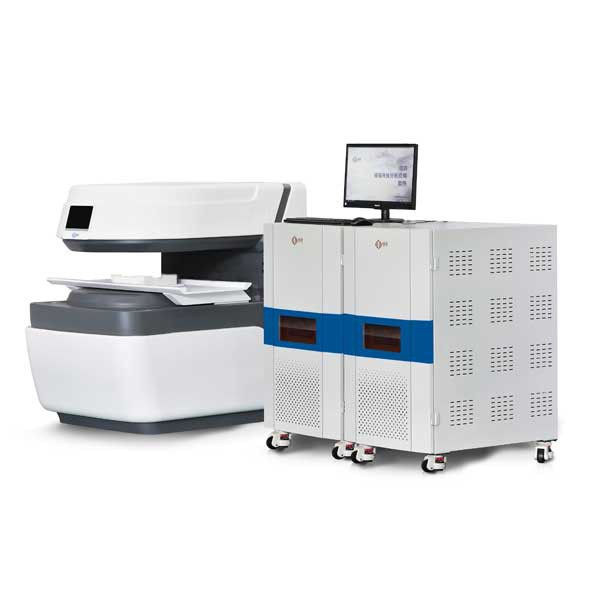NMR Rock Core Analysis
NMR Rock Core Analysis is a non-destructive geophysical technique used to analyze the properties of rocks. This technique is commonly used in the oil and gas industry to evaluate the porosity, permeability, and fluid saturation of reservoir rocks.
During an NMR analysis, a rock core sample is placed inside a strong magnetic field. The magnetic field aligns the protons in the rock’s hydrogen atoms. A radiofrequency pulse is then sent through the sample, causing the protons to absorb energy and enter an excited state. As the protons return to their original state, they release energy in the form of a radiofrequency signal.
By analyzing the properties of the signal, researchers can determine the porosity of the rock sample. The amplitude of the signal corresponds to the amount of hydrogen present in the pore space, while the relaxation time of the signal reflects the size of the pores.
One of the primary uses of NMR Rock Core Analysis is to determine the porosity of rocks. Porosity is a measure of the amount of empty space or voids in a rock. By analyzing the NMR signal, researchers can determine the volume of the pores in the rock and calculate the porosity.
NMR Rock Core Analysis – Porosity
Porosity refers to the percentage of pore space within a rock or sediment. Pores are the spaces between mineral grains, and they can be filled with air, water, or other fluids. Porosity is an important characteristic of rocks and sediments because it affects their ability to store and transmit fluids.
The porosity of a rock can be determined using various techniques, including laboratory measurements, geophysical methods, and visual inspection. In general, rocks with higher porosity have greater capacity to store fluids, while those with lower porosity are more resistant to fluid flow.
Porosity is an important parameter in many fields, including petroleum engineering, hydrology, and geology. In petroleum engineering, for example, porosity is a key factor in determining the potential of a rock to contain oil or gas. In hydrology, porosity plays a critical role in understanding the movement of groundwater through aquifers. In geology, porosity is used to interpret the depositional environment and diagenetic history of sedimentary rocks.
NMR Rock Core Analysis – Permeability
In addition to porosity, NMR can also be used to determine the permeability of a rock sample. By subjecting the sample to a series of magnetic field gradients, researchers can measure the rate at which fluids move through the pores. This information can be used to model fluid flow through the rock, which is important for predicting the behavior of oil and gas reservoirs.
NMR can also be used to determine the fluid saturation of a rock sample. By analyzing the signal from the hydrogen atoms in the fluid phase, researchers can determine the amount of fluid present in the pores.
NMR Rock Core Analysis – Advantages
Compared with traditional methods, NMR, as a mature pore size distribution research method, NMR has the advantages of fast, non-destructive, online monitoring, accurate, green, etc. It can realize spatial layer of cores, test the pore size distribution of each layer, and more microscopically characterize the pore size distribution.
Overall, NMR is a powerful tool for analyzing rock core samples and understanding the properties of subsurface reservoirs. Its non-destructive nature makes it particularly useful for analyzing rare or valuable samples.
 NIUMAG
NIUMAG

